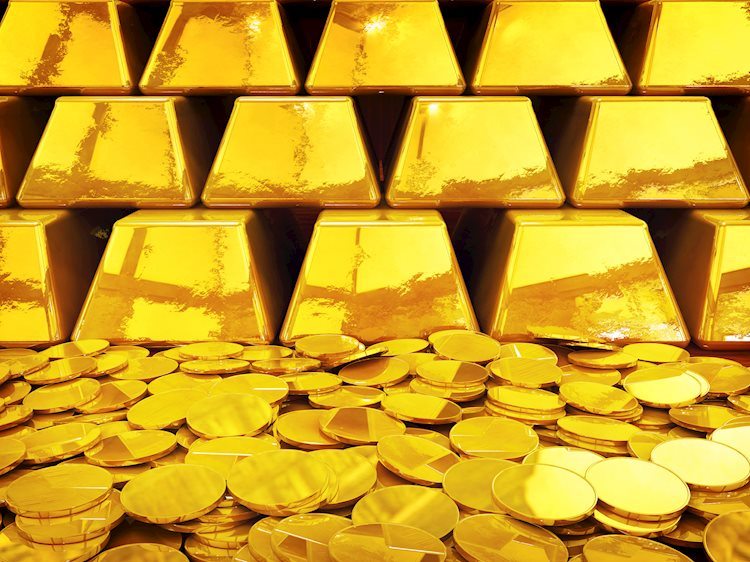Gold price has taken a slight hit early Tuesday after a three-day recovery rally, as the US Dollar gains strength and US Treasury bond yields rise. This is due to the optimism in the market regarding fewer Fed rate cuts, causing a return of cautiousness among investors.
Looking ahead, market sentiment remains subdued with the recent Loan Prime Rate (LPR) by the People’s Bank of China (PBoC) and the absence of fiscal policy support measures from China failing to impress investors. Additionally, the fading expectations of early and aggressive Federal Reserve (Fed) rate cuts, along with a downbeat mood, are further supporting the US Treasury bond yields and the US Dollar at the expense of the non-yielding Gold price.
Investors are now eagerly awaiting Wednesday’s Fed Minutes and US S&P Global business PMI data on Thursday, while also keeping an eye on the earnings result from American tech-giant Nvidia. Moreover, appearances from Fed officials may influence the value of the US Dollar and the Gold price by reverberating expectations of a delayed Fed policy pivot.
On the technical side, the daily chart indicates that the Gold price may face some resistance at the 21-day Simple Moving Average (SMA) and could potentially pull back towards the $2,000 threshold. The main support is at the 100-day SMA, which aligns with the $2,000 level, indicating a strong support level. On the upside, the immediate resistance at the 21-day SMA of $2,023 needs to be surpassed in order to resume the recovery.
The article also includes some frequently asked questions about Gold, highlighting its role as a store of value and safe-haven asset, the influence of central bank holdings, inverse correlation with the US Dollar and US Treasuries, and the factors that impact its price movement.
Additional Insight:
In recent times, the performance of the Gold price has been closely linked to geopolitical instability, fears of a deep recession, and global economic uncertainty, making it an attractive asset for investors seeking a safe haven. The inverse correlation between Gold and the US Dollar, as well as its role as a hedge against inflation and depreciating currencies, further solidifies its position as a popular investment choice. Furthermore, the increasing Gold reserves of central banks from emerging economies such as China, India, and Turkey reflect the ongoing trust and value associated with this precious metal.









